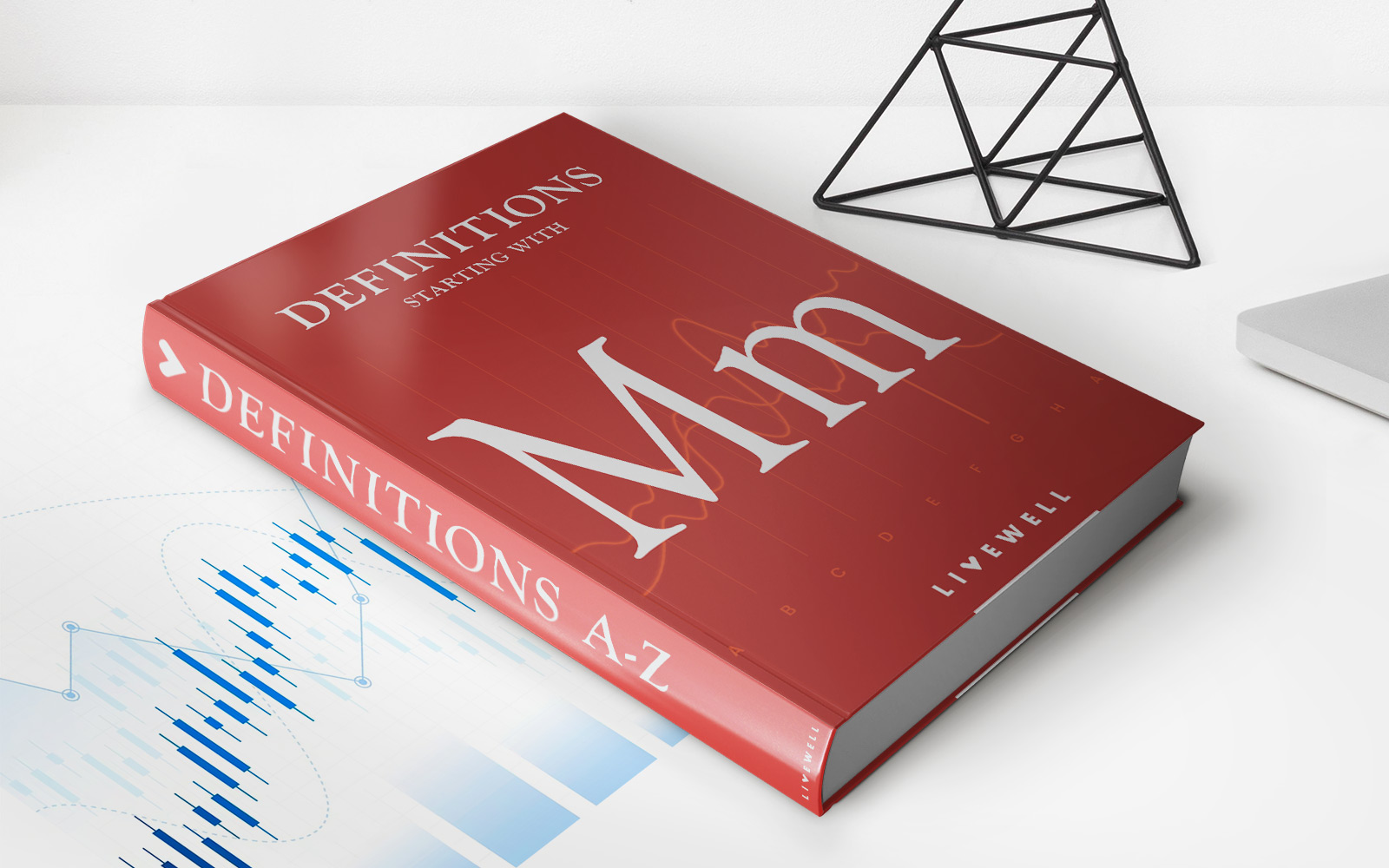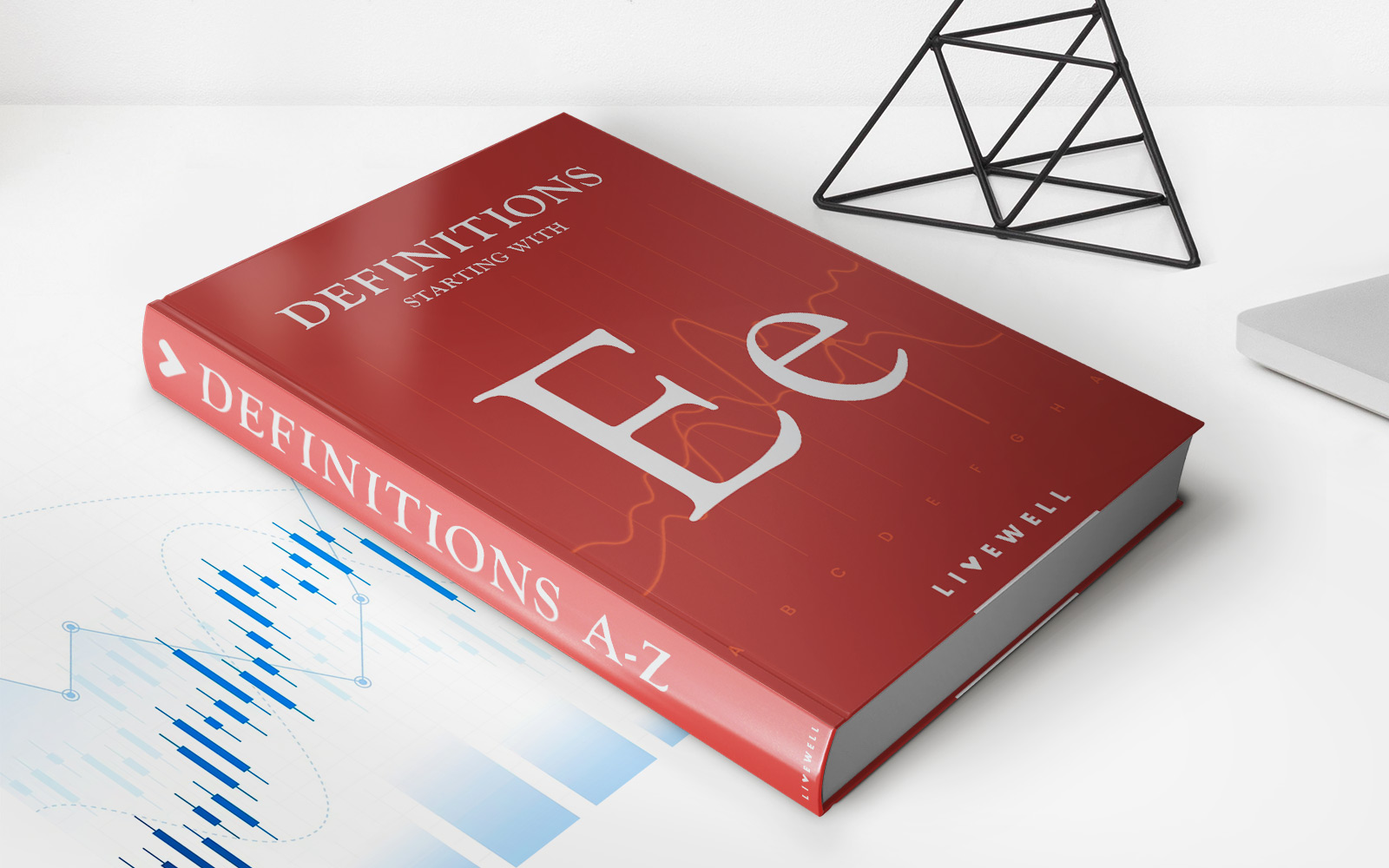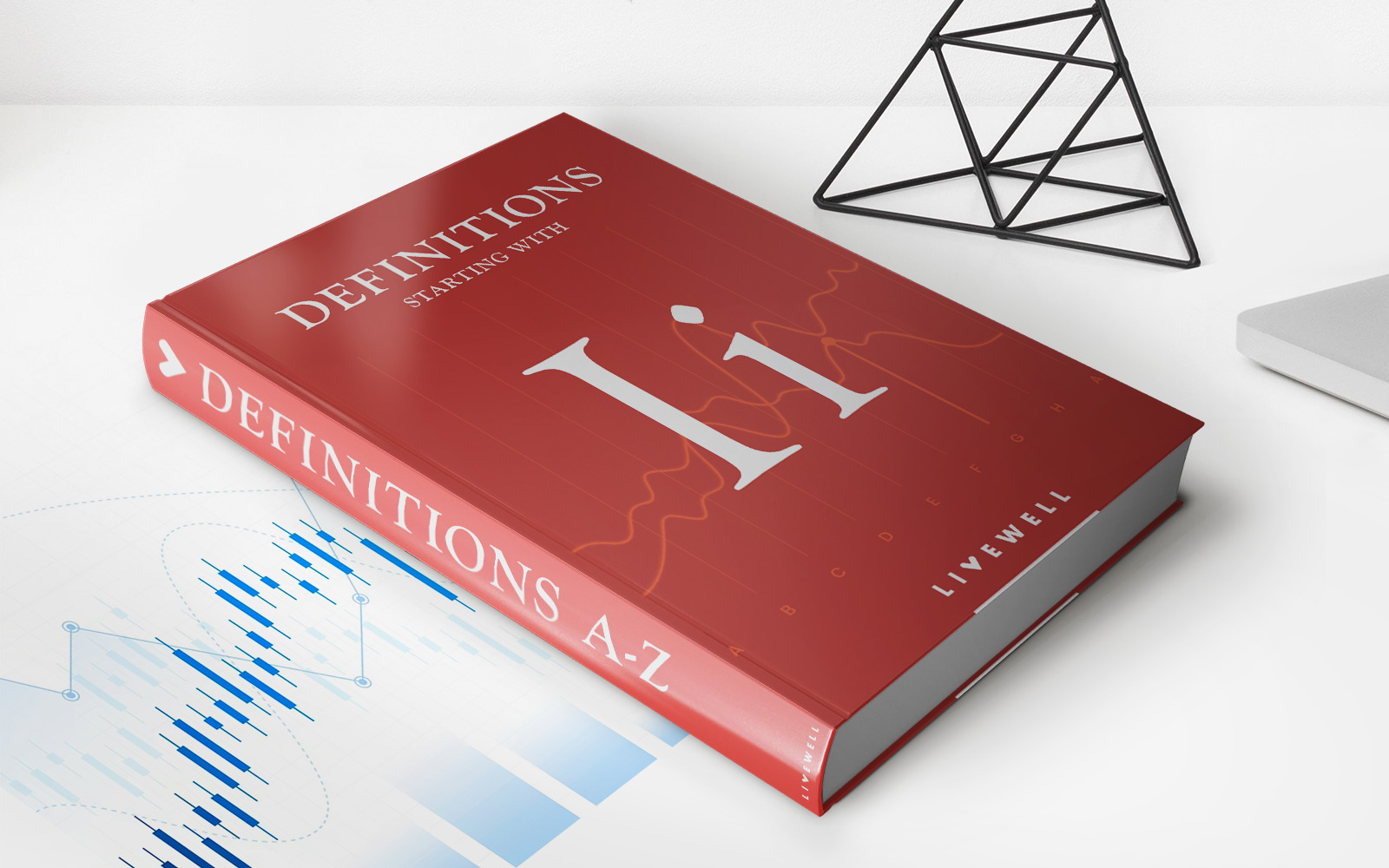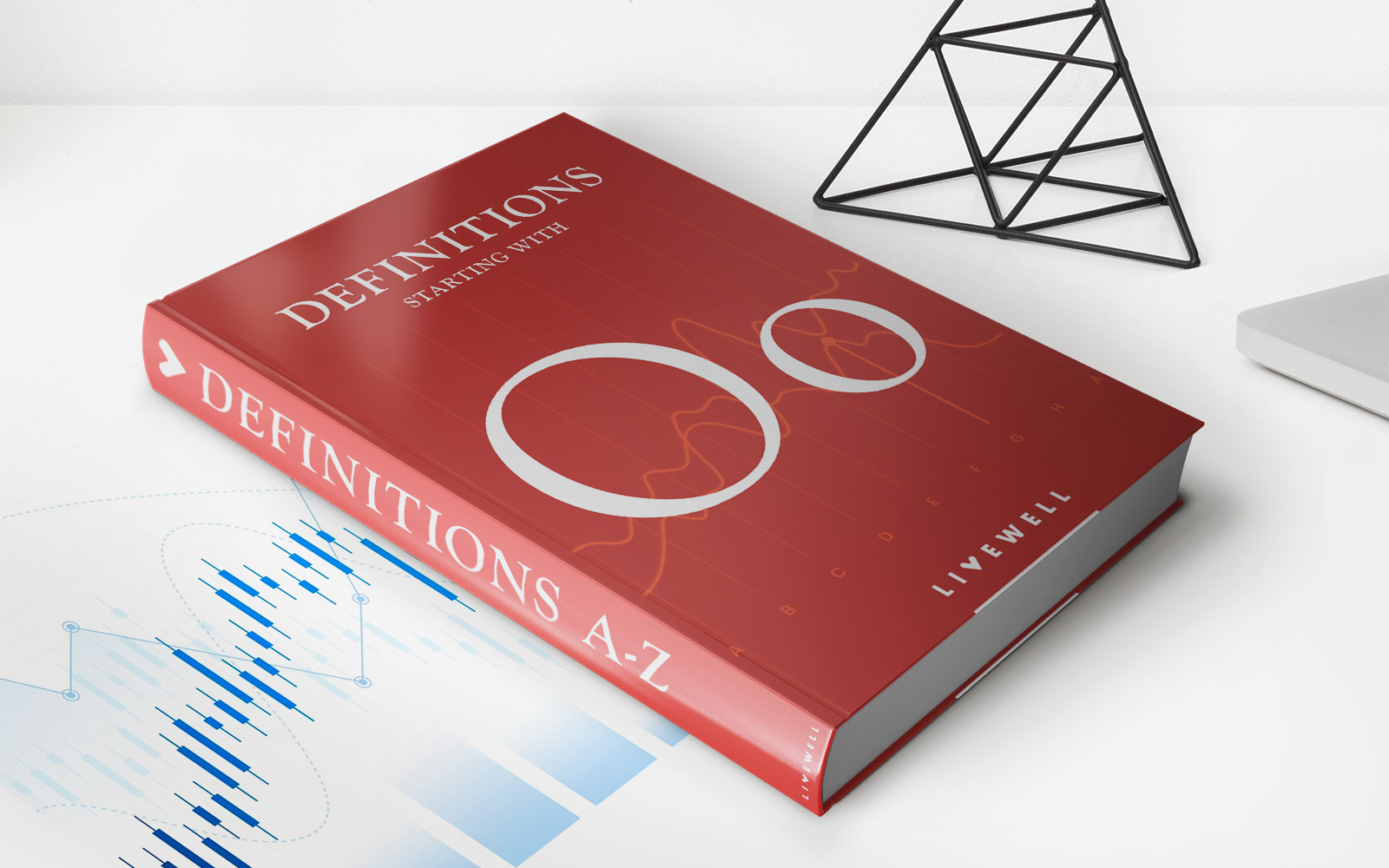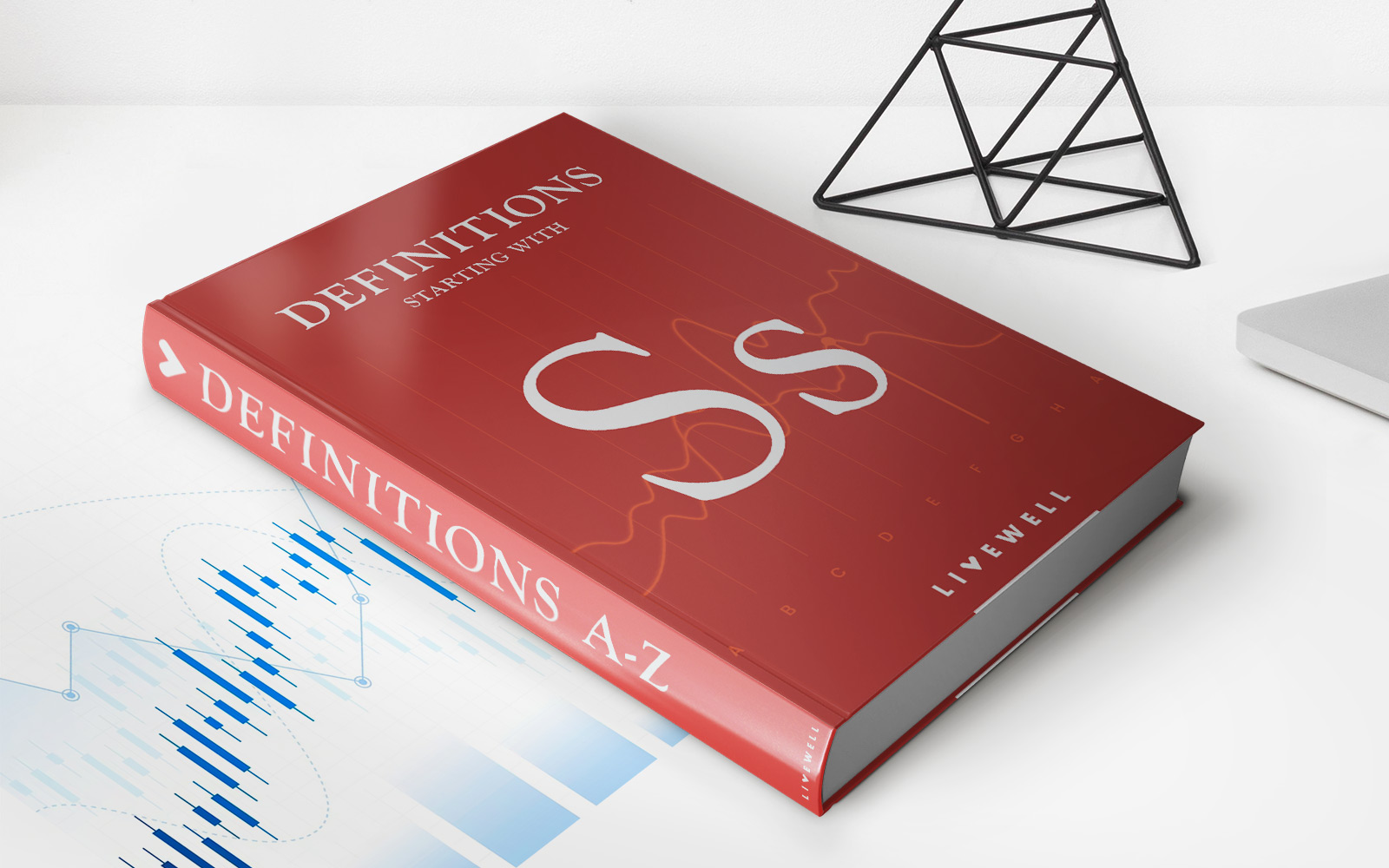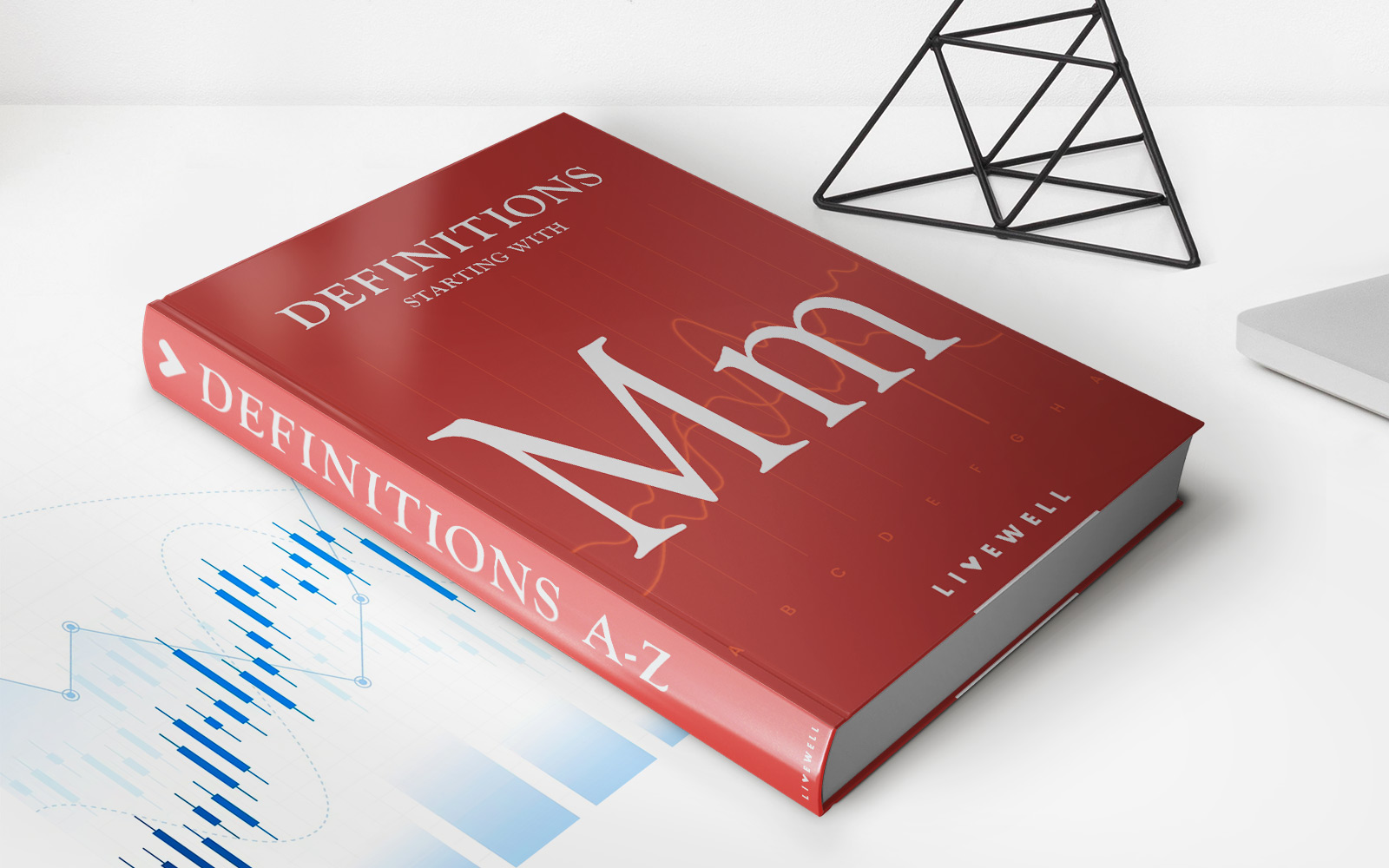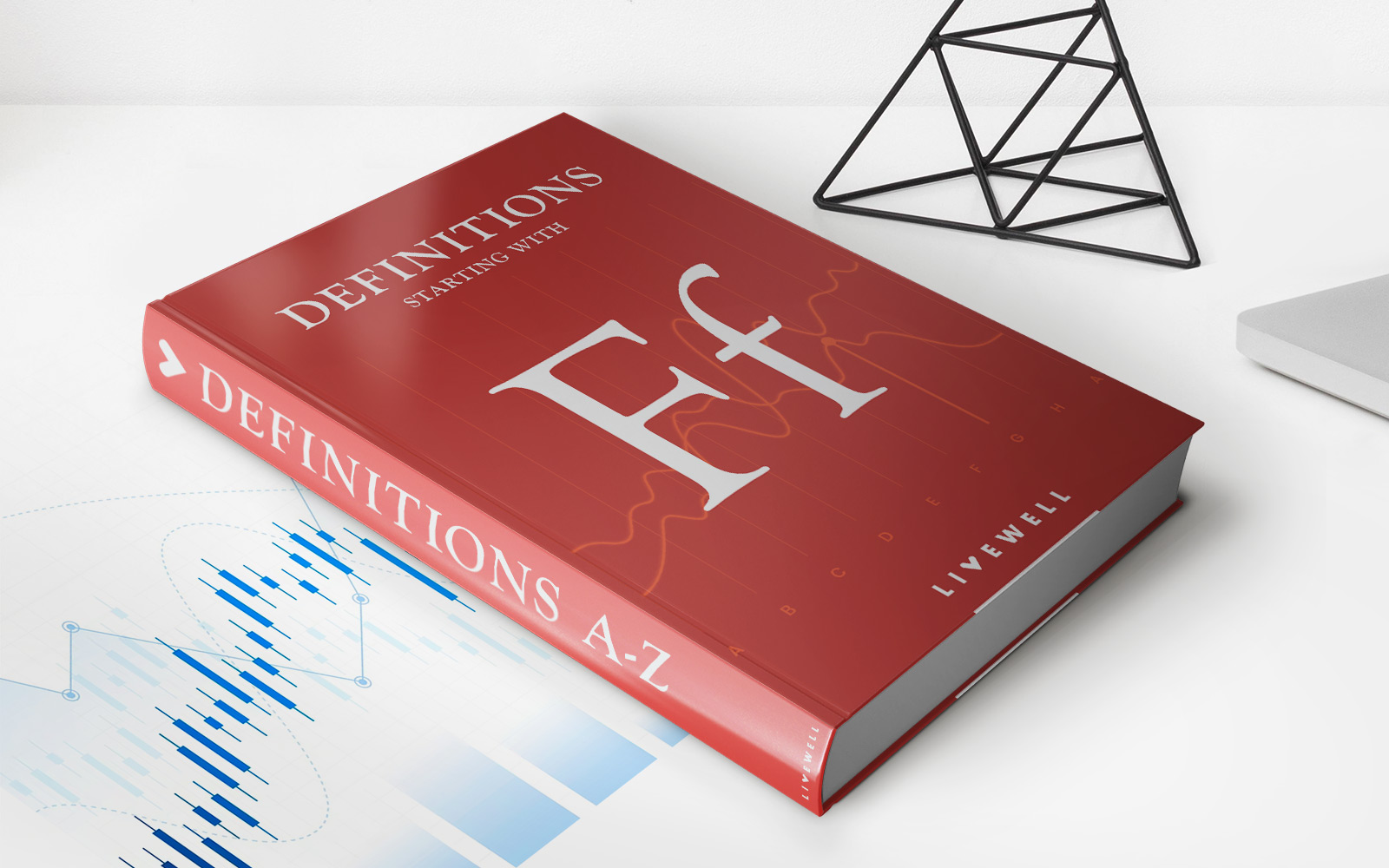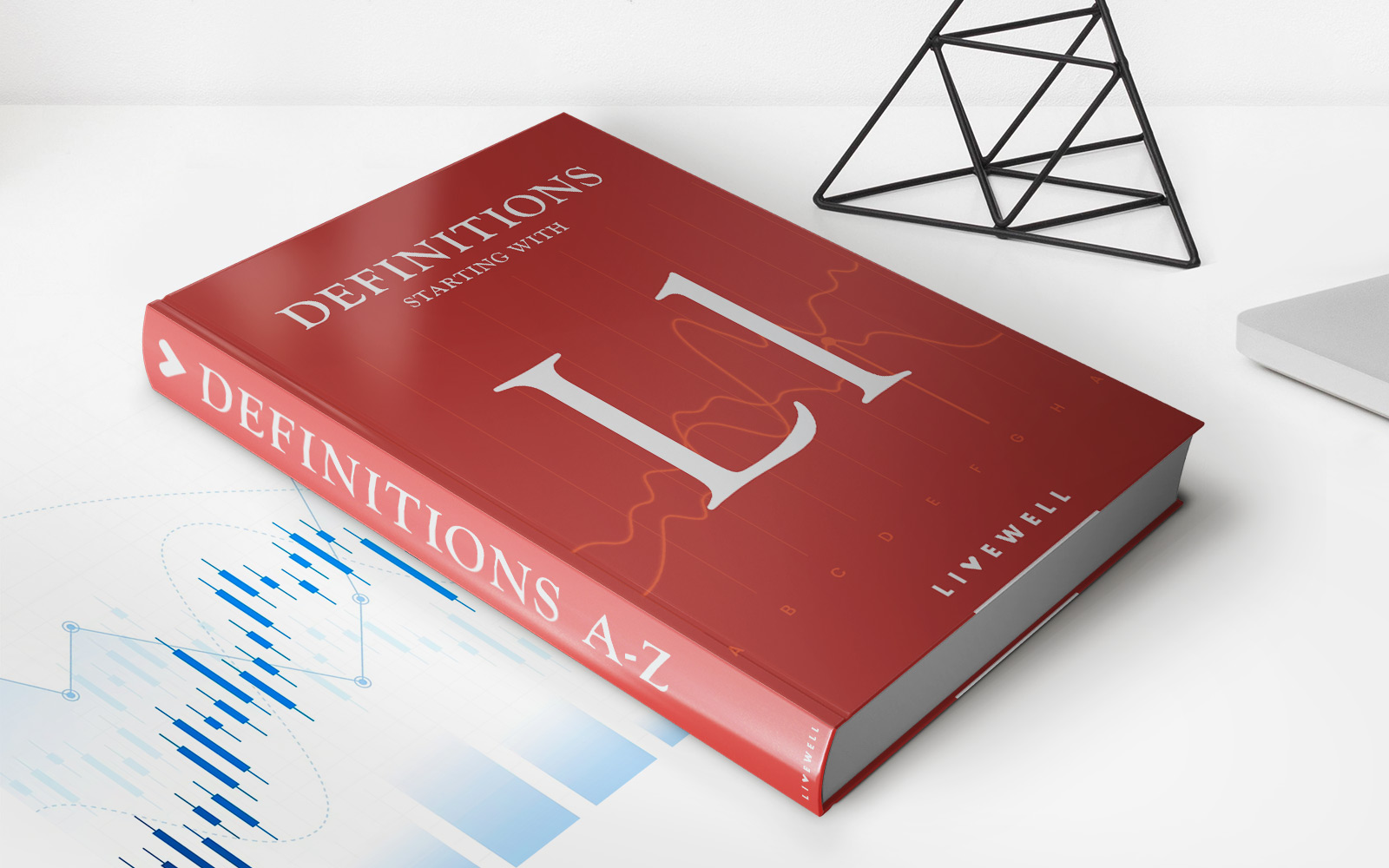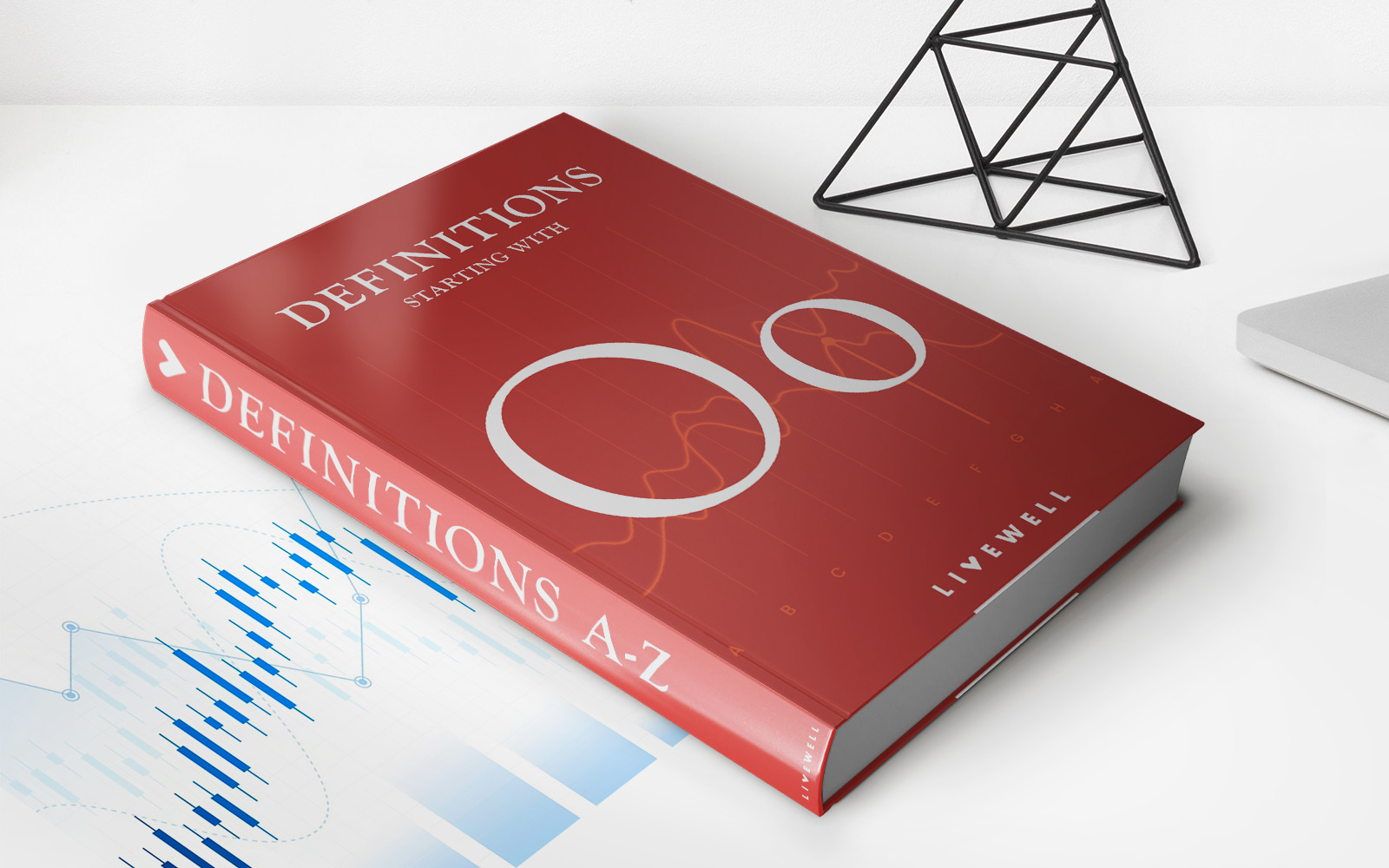Home>Finance>Euro Interbank Offer Rate (Euribor) Definition, Uses, Vs. Eonia
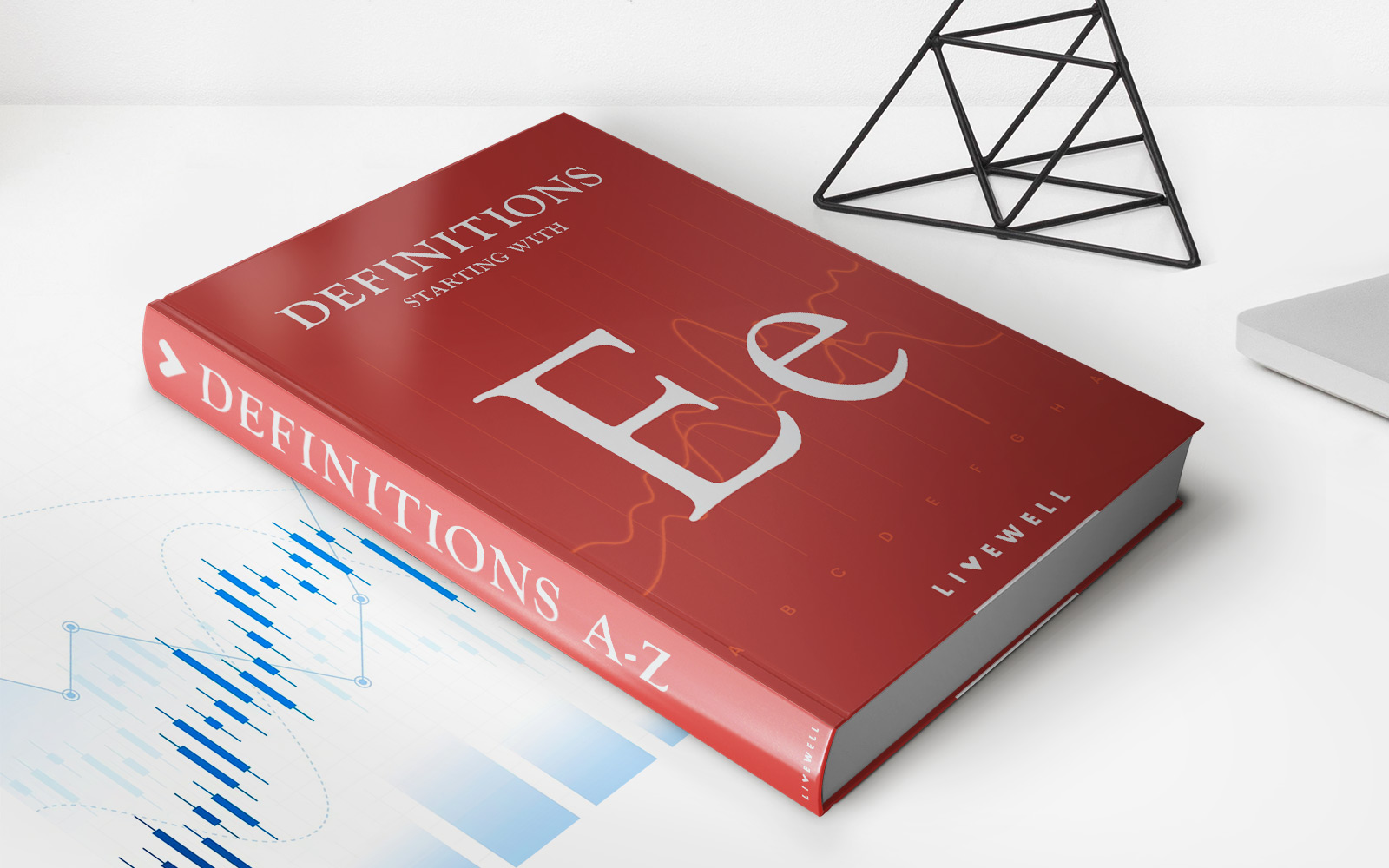

Finance
Euro Interbank Offer Rate (Euribor) Definition, Uses, Vs. Eonia
Published: November 19, 2023
Discover the Euro Interbank Offer Rate (Euribor), its definition, uses, and how it compares to Eonia. Stay updated with the latest in finance.
(Many of the links in this article redirect to a specific reviewed product. Your purchase of these products through affiliate links helps to generate commission for LiveWell, at no extra cost. Learn more)
Euribor: Definition, Uses, and Comparison with Eonia
As part of our “Finance” category, we want to delve into the world of interest rates and shed some light on the Euro Interbank Offer Rate (Euribor). In this blog post, we’ll define Euribor, explore its various uses and benefits, and compare it with another important interest rate known as Eonia. So, let’s dive in and enhance our understanding of this crucial financial term!
Key Takeaways:
- Euribor is the interest rate at which European banks lend to one another, making it a crucial benchmark for numerous financial transactions.
- Euribor is widely used in the determination of mortgage rates, consumer loans, and derivative products.
What is Euribor?
Euribor is the daily average interest rate at which a large panel of European banks borrow funds from one another. It serves as a benchmark for financial products and transactions, reflecting the wholesale money market conditions in the Eurozone. Euribor rates are calculated and published every working day, and they are expressed for various maturities ranging from overnight to 12 months.
Euribor plays a vital role in the European financial system, impacting a wide range of products and services. Here are some of its primary uses:
- Mortgages: Euribor is a key factor in determining mortgage interest rates across Europe. Many adjustable-rate mortgages are linked to a specific Euribor rate, which is adjusted at regular intervals, providing flexibility to borrowers based on market conditions.
- Consumer Loans: Euribor also influences the interest rates of consumer loans like personal loans and vehicle financing. Banks often add a fixed premium to the Euribor rate to calculate the final interest rate for such loans.
- Derivatives: In the world of finance, derivatives are financial instruments whose value is derived from an underlying asset. Euribor is used as a reference rate for pricing and valuing various derivative products, including interest rate swaps and futures contracts.
Euribor vs. Eonia: What’s the Difference?
While Euribor and Eonia are both important interest rates in the Eurozone, they serve different purposes.
Euribor is mainly focused on borrowing costs between banks and is primarily used for products related to retail customers, such as mortgages and consumer loans. On the other hand, Eonia stands for Euro Overnight Index Average and represents the effective overnight rate for interbank lending. Eonia provides a reference for short-term euro wholesale funding transactions.
In summary:
- Euribor: Reflects the borrowing costs between banks and is used for retail-oriented financial products.
- Eonia: Reflects the overnight borrowing costs between banks and is mainly used for wholesale funding transactions.
Although both Euribor and Eonia contribute to the overall functioning of the European financial system, their specific uses cater to different segments of the market.
In conclusion, Euribor is a fundamental interest rate that impacts the cost of lending and borrowing in the Eurozone. Understanding its definition and uses can help individuals, businesses, and financial institutions make informed decisions related to mortgages, consumer loans, and derivative products. So, the next time you come across the term Euribor, you’ll have a clear understanding of its significance!

